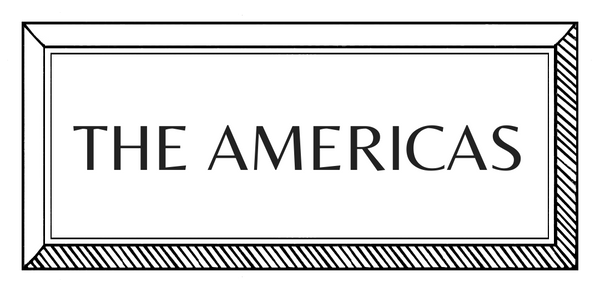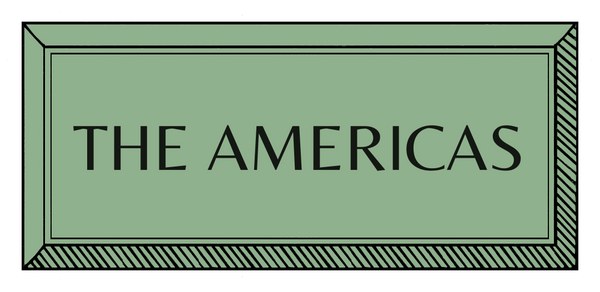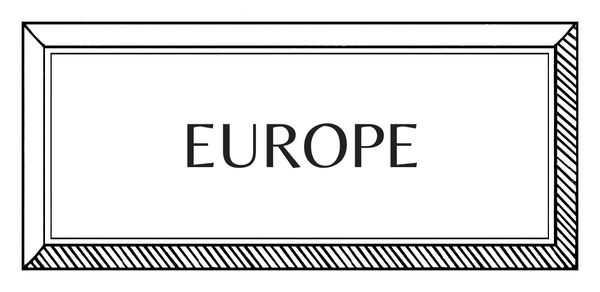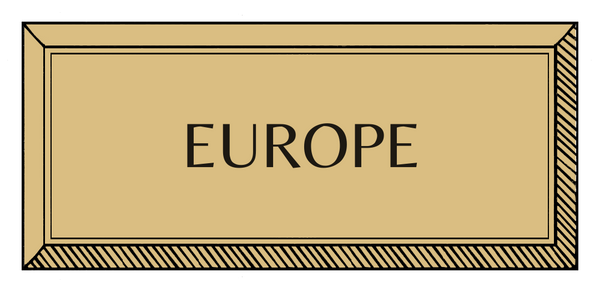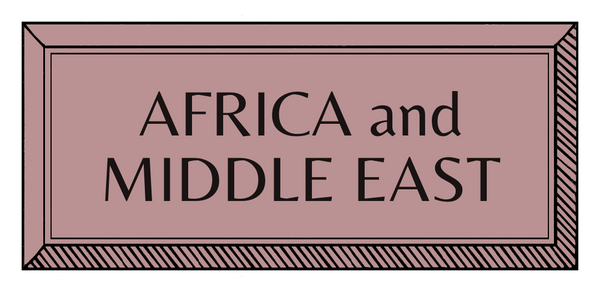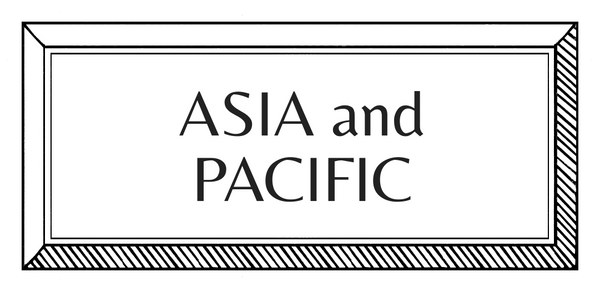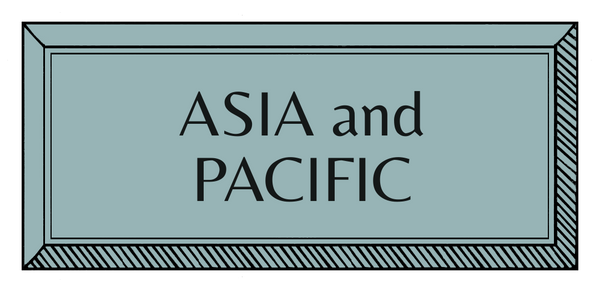CRAFT STORIES | EUROPE | UK | TEXTILES
Naturally Beautiful: Hand dyed fabrics with Cloth Collective

Charlotte Lawson Johnston, the founder of sustainable textile company, Cloth Collective, tells Camilla Frances how she uses natural and foraged ingredients to create beautiful, vibrant, environmentally-friendly fabrics.
British textile designer Charlotte Lawson Johnston describes the unique process of turning botanicals and biowaste, such as acorns, avocado skins, rhubarb root and hedgerow berries, into potent natural dyes: “It’s an amazing process to watch.”
Used by her sustainable textiles business, Cloth Collective, these natural ingredients have become valuable tools. Wrapped in breathable materials and left to simmer in boiling water, a wide range of fruits, vegetables and plants can be harnessed to produce natural dyes. The process is not for the impatient—dyes are mixed and gently simmered for hours before cloth is added and moved continuously—but this meticulous approach reaps rewards, creating unique, original hues with an “unparalleled depth”.
Hand-dyed sustainably produced fabrics are not exactly synonymous with luxury, but Lawson Johnston and her business partner, Kate Turnbull, are determined to change that. Their intent is to show designers and consumers that natural, non-toxic cloth is not only better for your health, and the planet, but just as desirable as synthetic fabric. “Synthetic color is flat,” says Lawson Johnston. “Our colors are nuanced and dance. They change depending on the light and time of day.”
In 2015, while working as a stylist and textile designer, Lawson Johnston launched her first collection of fabrics. It was while printing her designs in a factory using standard industry methods—where fabric is bleached before printing to produce bright, vivid colors—that she began to experience constant headaches and realized they were caused by the chemicals. She started to investigate natural methods of production and alternatives to artificial dye. She researched sustainable printing and completed a workshop with textile printer and natural dye expert, Sarah Burns, where they foraged in the English countryside for materials.
“I learnt how to produce pigments from botanicals and biowaste. I couldn’t believe the rainbow of colors you could get from one dye pot.” Realizing how much could be achieved naturally was a revelation: throughout the year they forage, collect, dry and store botanicals, from dyers mazegill, an inedible mushroom that produces yellow and brown dyes, to willow bark, which produces “incredible pinks.”

Pigments waiting to be transformed into natural dyes © Katrina Lawson Johnston
To brighten colors, they use citric acid, to make colors more muted and pastel they use chalk, and to make tones dirtier and deeper they use iron extract and tea bags. If they need a white base cloth to make colors particularly vivid, they use sun-bleached linen. “These natural modifiers, and the time things spend in the dye pot, give us many options.”
Her ultimate, and ambitious, goal, however, is to see hemp and linen grown large-scale in the UK once more. After all, the UK has the right climate to produce both and a long history of growing, spinning, weaving and dyeing—an industry that largely disappeared with cotton importation and the factory building of the Industrial Revolution.
“We used to have a thriving linen and hemp growing industry, but we lost it all,” says Lawson Johnston. “Besides wool, everything is imported now.”
- - - - - - - - - - - - -
A version of this article was first published in Cabana Magazine Issue 17
Words by Camilla Frances
Images from Katrina Lawson Johnston






